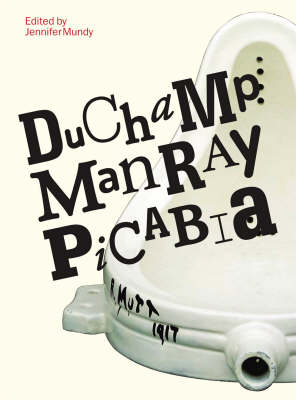"Duchamp, Man Ray, Picabia" examines the work of three pioneering figures in the history of modernism, each of who raised questions that continue to reverberate through much of the art of today. Exploring the points of convergence and the parallels in their development throughout their careers, it will include works in all media, including photographs and film, as well as archival material documenting the artists' friendship and collaborations. Central to this examination is the artists' response to photography and film, and to the challenges posed to fine art by the development of mass production. Duchamp's paintings of 1911-12 were influenced by the representation of movement in photography, while Picabia's artistic development was shaped in part by the belief that the advent of the camera spelled the end of traditional painting. Man Ray used photography first to record his own art works and those of others, but soon saw in it a means of creating images of a status inventiveness traditionally restricted to fine art. Modernity, viewed with admiration laced with irony, provided a major impetus for the three artists in the early years of the twentieth century.
Machines were treated as metaphors for inner drives; perception was explored as part of an expanded field of artistic enquiry; objects were created that challenged conventional definitions of art; and the pretensions of high art were lampooned. Above all, humour and eroticism were themes common to the work of all three artists.
- ISBN10 1854377310
- ISBN13 9781854377319
- Publish Date 1 May 2008 (first published January 2008)
- Publish Status Out of Print
- Out of Print 18 March 2010
- Publish Country GB
- Imprint Tate Publishing
- Format Paperback
- Pages 247
- Language English
